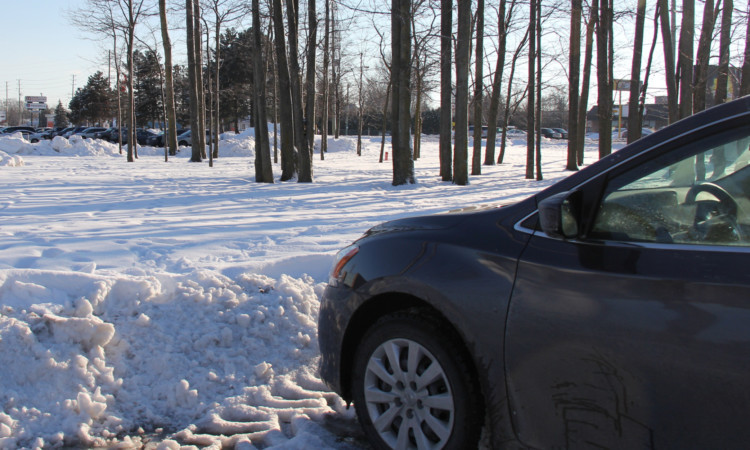Hello again from the frozen north!
I’m going to bang on about the winter a bit more. I have to, because the tips of my ears hurt.
Last time, during my nave discovery of the Canadian winter, I made a British error: I talked about the snow. Now, after three months of a winter that can make grown adults weep, I know that was a red herring. Snow’s nothing to be afraid of. It’s everywhere and it’s just a symptom of the season.
Winter’s real hazard is the temperature.
January, according to official statistics from government agency Environment Canada, was the coldest for 20 years here in London, Ontario, with an average temperature of minus 9.7 degrees Celsius.
When I heard that statistic, I replied with a laugh as bitter as the wind. Believe it or not, but that isn’t very cold. When the temperature climbed to minus 10, everybody was relieved. It had been sitting in the teens-below-zero or lower – for more than a week and, boy, were we suffering.
The weird thing is that I haven’t felt cold for weeks. I have discovered that, when it gets really cold, what you feel is pain. There are no shivers or chills. You don’t draw your cardigan closer and throw another coal on the fire. You cover every inch of exposed skin and find a source of heat as fast as you can, because the alternative is pain and, if you’re outside long enough, death.
At one point this month, it was minus 25, with a wind chill making it feel minus 35 or lower. The first place you feel that is up your nose because your nostril hairs freeze in seconds. Then the extremities will start to tingle: the ears, the nose, the fingertips. The tingling spreads and the pain begins. All of this happens within a couple of minutes.
At first it’s a novelty but, quickly, you take the warnings seriously. When Canadians are complaining it’s cold, when your skin breaks up like you’ve been punching a brick wall, when you realise the streets are empty because nobody can stand to be outside that’s when you know it’s winter.
Amusingly, this is the south. In pretty much every other part of Canada, these temperatures are routine. Here, on a similar latitude to northern California, the winters aren’t always this bad, or so people keep telling me.
The irony is that I’m kind of relieved. Before we moved here I feared worse than this, as people made dark predictions and used phrases like “John Carpenter’s The Thing”. If this is as bad as it gets, then I can cope. Maybe next winter will be milder.
And today we had a rare treat. The temperature climbed to just three degrees below zero! It was bliss. I took my coat off and enjoyed the mild weather.
Oh dear. I think I’ve lost my mind.
